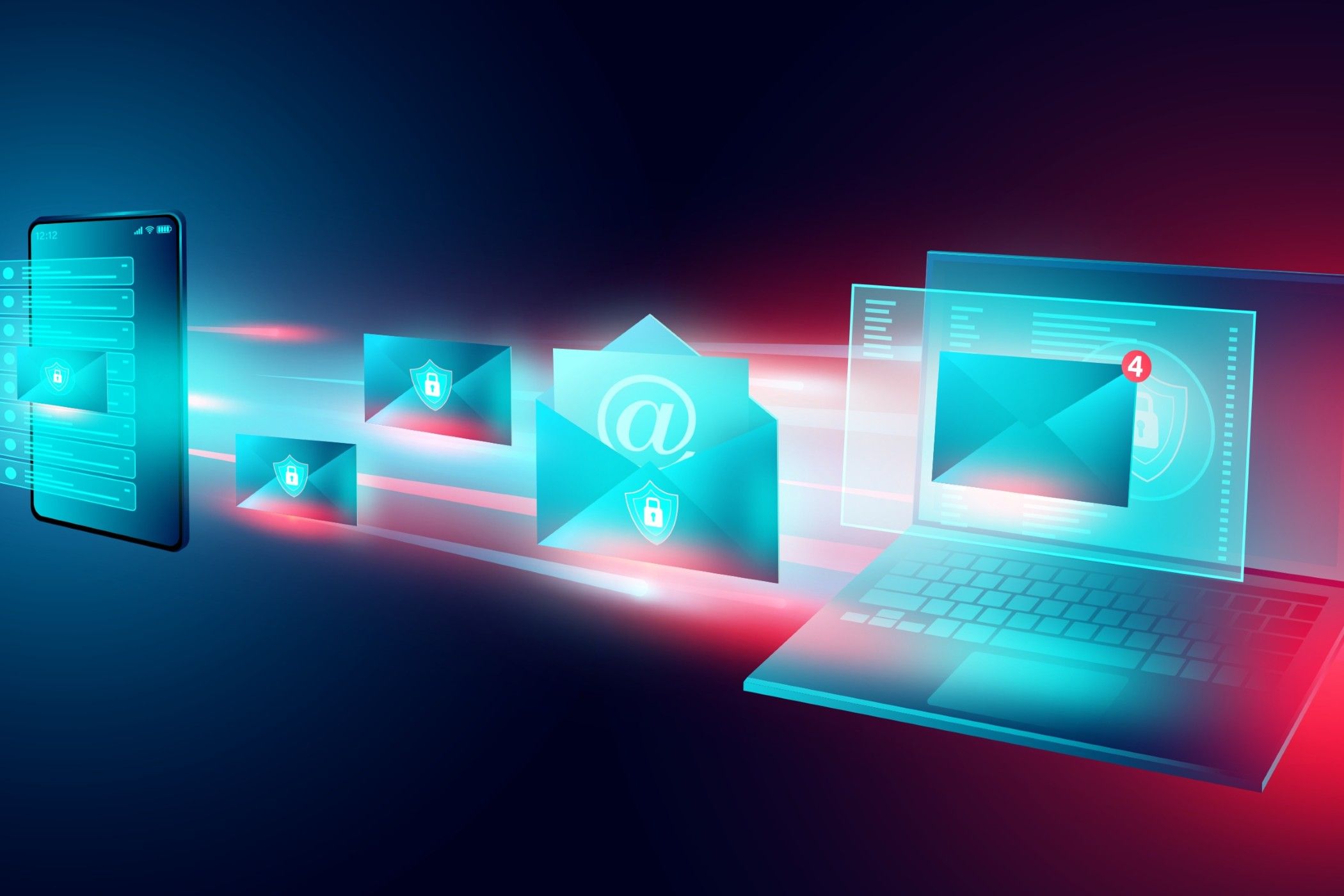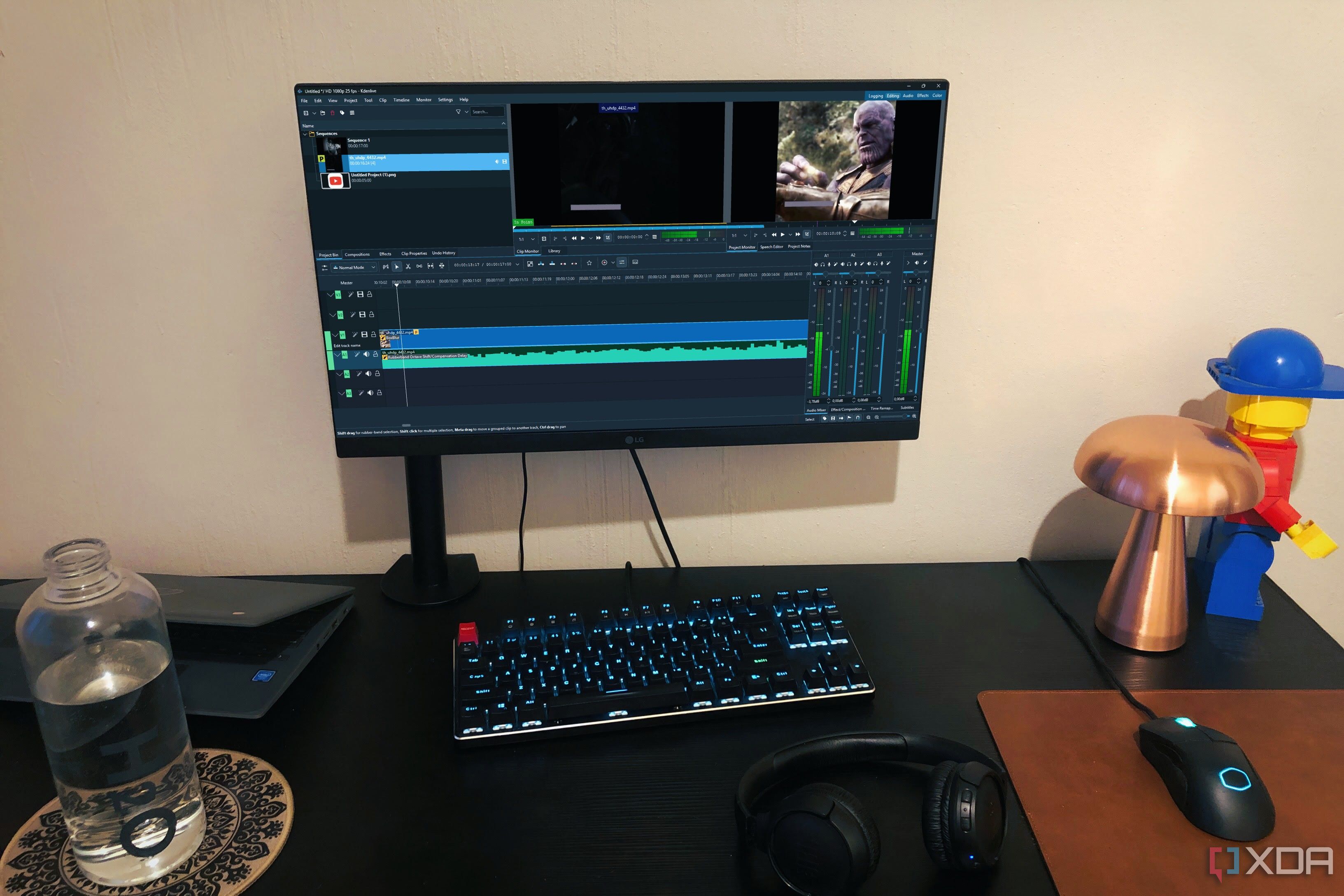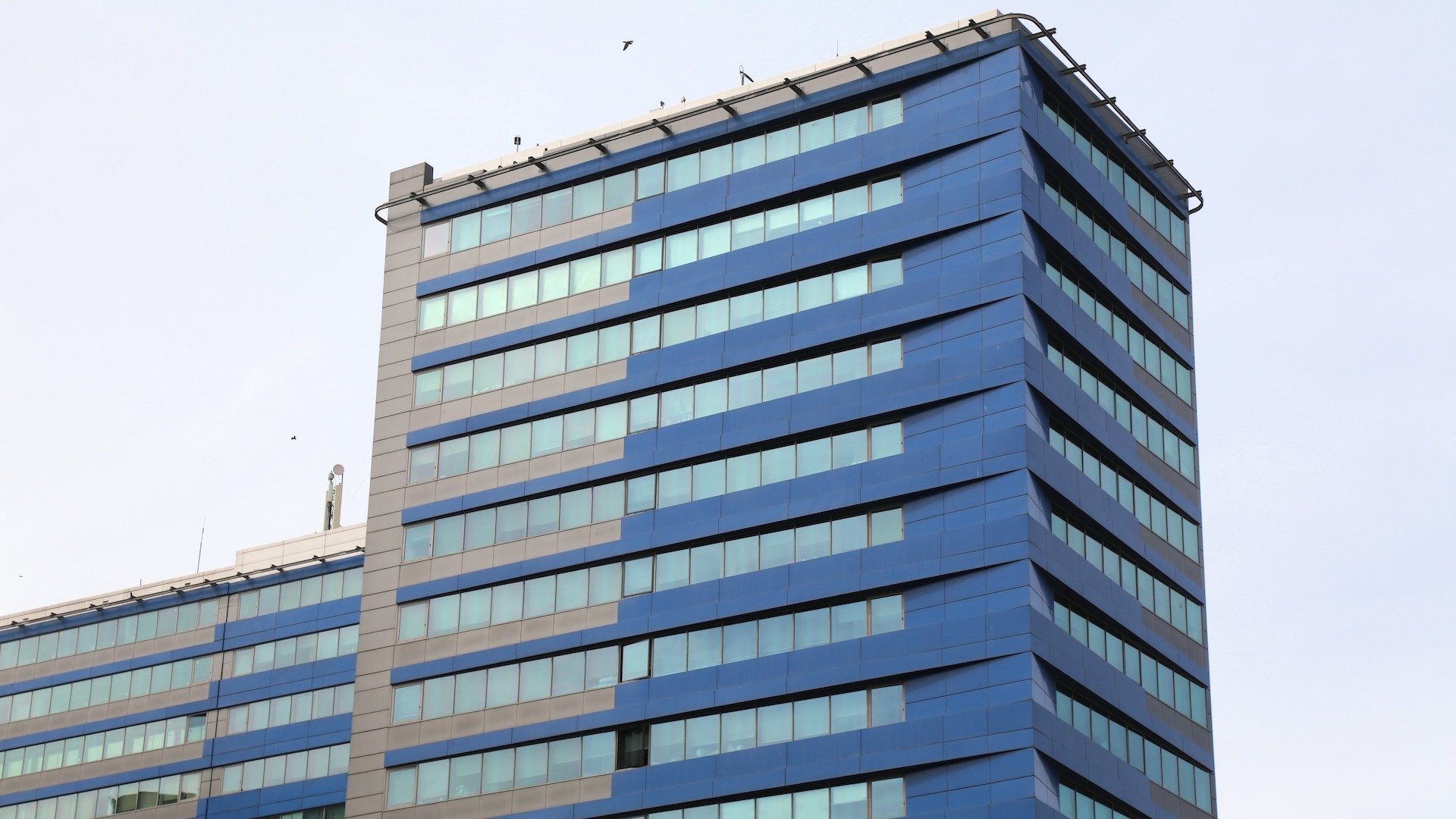



Email is a critical communication tool, but many users overlook its vulnerability until a crisis strikes. Often, individuals depend too heavily on default settings or fail to establish consistent backup routines. For example, relying solely on an email provider's default backup might seem sufficient, but 60% of individuals who do so risk irreversible data loss if the service is compromised. To address these vulnerabilities, implementing robust strategies is crucial. Techniques such as diversifying storage locations, automating backup schedules, and regularly testing these systems can mitigate risks effectively. By demonstrating these techniques through relatable scenarios, users can appreciate the value of proactive measures.
Ignoring email backup can have grave consequences: permanent data loss, compliance violations, and disruptions in workflow. As digital communication becomes more prevalent, the stakes grow higher. Statistics show that incidents of data loss climbed by 30% in the past year alone, with accidental deletions and synchronization errors being primary culprits. However, the future holds promise with advanced technologies promising streamlined and user-friendly backup solutions. By experimenting with such tools now, users position themselves advantageously, ensuring their correspondence remains secure and accessible regardless of technological advancements. Embracing these techniques today lays the groundwork for a future of seamless digital communication.

Open-source video editing software has made remarkable strides in recent years, and Kdenlive stands out as one of the most powerful and accessible tools for creators of all levels. Unlike many commercial editing suites that require hefty upfront payments or recurring subscription fees, Kdenlive is completely free, eliminating one of the largest barriers to entry for aspiring editors. This democratization of creative tools enables a wider range of voices to participate in video production, a trend widely observed in independent media, education, and even professional environments.
Kdenlive offers a suite of features that rival premium platforms: multi-track timeline editing, a broad library of effects and transitions, advanced color correction, and the ability to handle high-resolution formats. Recent updates have included GPU acceleration for smoother playback and faster rendering, aligning Kdenlive’s performance with that of paid software. For professionals, Kdenlive supports proxy editing for handling 4K footage and integrates seamlessly with popular open-source plugins, making it highly customizable and extensible. Many YouTubers, educators, and filmmakers now highlight Kdenlive's role in reducing their production costs while maintaining a high-quality output.
The global Kdenlive community has contributed thousands of tutorials, project templates, and new add-ons, fostering a vibrant ecosystem of collaboration and learning. According to recent surveys, Kdenlive’s user base grew by more than 40% year-over-year, and plugin development in its ecosystem increased by 50%, reflecting both rising interest and the project's momentum. Expert reviewers consistently praise Kdenlive for its stability, cross-platform compatibility, and transparency—all source code is publicly available, allowing users to tailor the software precisely to their needs. In an industry often constrained by paywalls or closed ecosystems, Kdenlive’s open nature means that anyone with a computer can explore video editing, encouraging more experimentation and creativity across the board.
Practical stories abound: from nonprofit organizations producing documentaries on a shoestring budget to teachers creating lesson videos during the remote learning boom, Kdenlive has powered countless creative projects. As the line between professional and enthusiast continues to blur, Kdenlive exemplifies how open-source software is reshaping digital creativity. Its continued evolution, shaped by direct feedback from its users, signals a future where high-quality creative tools are accessible to everyone, not just those with deep pockets.

The massive insurance data breach that recently compromised the personal information of 1.6 million users is a stark wake-up call for both consumers and organizations. Details exposed in the attack included names, Social Security numbers, contact information, and sensitive health records—data highly prized by cybercriminals for identity theft and fraud schemes. In the aftermath, many users faced immediate threats of phishing attacks and fraudulent account openings, illustrating the far-reaching consequences of such incidents. The breached organization quickly notified regulatory agencies and consumers, but experts say the response also underscored chronic industry-wide weaknesses in detection and rapid mitigation.
This event fits into a broader pattern: according to industry reports, data breaches in the insurance and healthcare sectors have increased by over 25% year-over-year, reflecting how lucrative these targets have become. The average cost of a healthcare breach now exceeds $10 million, not only in direct recovery but also in lost reputation and trust. Regulators are intensifying scrutiny, with several states now mandating stricter reporting timelines and advanced encryption standards. Industry analysts point out that for many firms, outdated legacy systems and insufficient investment in cybersecurity have left openings for sophisticated attacks, such as ransomware and credential stuffing. A recent survey revealed that 55% of insurance providers plan major security upgrades within the year in response to headline-grabbing breaches.
For individual users, the breach serves as a critical reminder to monitor financial accounts, use fraud alert services, and regularly update passwords. Meanwhile, companies are urged to adopt a zero-trust security framework, which assumes no actor—internal or external—can be trusted by default. Experts recommend layered defenses: regular system audits, employee training, multi-factor authentication, and real-time anomaly detection to counter evolving threats. The insurance industry, entrusted with sensitive personal data, faces mounting pressure to demonstrate accountability and transparency. With cyber risks showing no signs of abating, robust prevention and timely breach response are now essential for safeguarding both customer privacy and organizational reputation.
The Nintendo Switch 2 has rapidly become the centerpiece of gaming industry buzz, with excitement reaching a fever pitch following Nintendo’s official announcement of the new preorder date. The initial limited preorder slots sold out within hours at major retailers, intensifying both consumer anticipation and frustration. Online forums have been flooded with stories of fans staying up overnight, only to encounter bots or scalpers snapping up available units within seconds. This has led to an ongoing conversation around equity in access, with many calling for retailers and manufacturers to implement stronger anti-bot measures and offer staggered release times to reduce the impact of automated scalping.
Analysts estimate that global demand for the Switch 2 could outstrip early supply by 20-30%, based on Nintendo’s manufacturing forecasts and previous trends from high-demand console launches. The company faces ongoing supply chain uncertainties, a lasting legacy of the pandemic’s disruption to chip and component availability. Leading market research suggests that preorder-related hashtag mentions surged by 300% on social media, a testament not only to consumer enthusiasm but to the success of digital-first marketing strategies in fueling hype ahead of launch day. Retailers have responded by introducing lottery systems, queue-based purchasing, and increased purchase verification, but these steps have only partially alleviated fan anxiety.
The preorder chaos also reflects the broader shift in how technology launches are orchestrated in the digital era. Rather than relying solely on traditional press and retail channels, Nintendo has leveraged digital events, influencer partnerships, and targeted social ads to keep audiences engaged and informed. Market experts point out that these tactics have helped Nintendo cultivate a sense of urgency and exclusivity, further driving demand. However, they warn that sustained shortages or negative preorder experiences could erode brand goodwill if not carefully managed. Some observers advocate for a “rolling restock” approach, where periodic small batches are released to keep momentum up and reward loyal customers.
Ultimately, the Switch 2 launch is more than just a product release—it represents a case study in harnessing digital engagement, navigating supply constraints, and managing consumer expectations at scale. As the gaming community awaits June 5, both industry watchers and fans will be looking closely at how Nintendo handles the next wave of preorder opportunities, and what lessons future tech launches might draw from this high-stakes event.
The surge in instant photo printer sales—energized by the nostalgic allure of tangible images—has solidified devices like the Kodak Step Instant Smartphone Photo Printer as cult favorites among younger audiences and photo enthusiasts alike. Priced at $70 during current promotions, this portable printer enables users to quickly transform digital moments into physical keepsakes, bridging the gap between modern smartphone convenience and retro experiences. The broader cultural context reveals a renewed interest in analog media, with instant prints offering a sense of permanence and personalization that digital albums often lack. Industry research shows that instant photo printer sales doubled over the past year, with Gen Z and millennials as primary drivers; nearly 60% of buyers shared unboxing or usage experiences on social media, turning products like the Kodak printer into viral sensations.
The appeal goes beyond the gadgets themselves; it’s about creating and sharing meaningful memories in physical form. Popular social platforms are saturated with creative displays of postcards, scrapbooks, and wall collages made possible by portable printers. Retailers have reported frequent sellouts following viral TikTok and Instagram trends, underscoring the potent blend of influencer marketing and word-of-mouth. Notably, the Kodak printer integrates seamlessly with iOS and Android devices, and its companion app lets users add filters, frames, and text before printing. This creative flexibility empowers consumers to personalize their memories, reinforcing emotional connections and making each print unique.
Legacy brands like Kodak have skillfully leveraged nostalgia while innovating to cater to modern sensibilities. By bundling printers with themed paper packs and offering bundles marketed as “memory kits,” companies encourage repeat purchases and social sharing. Experts predict the market will continue to evolve, with next-generation models introducing augmented reality elements, NFC sharing, and eco-friendly printing formats. In this context, instant photo printers are more than mere gadgets; they embody a countercultural response to digital overload—offering a tactile, shareable, and emotionally resonant way to experience photos in the age of fleeting digital content.
Today’s productivity landscape is being shaped by a relentless influx of information, demanding a new paradigm focused on intentional engagement rather than just managing overload. As digital platforms multiply and artificial intelligence becomes more deeply embedded in our workflows, users are increasingly seeking tools and strategies that filter noise and elevate relevance. AI-driven personal assistants and task managers, like Notion AI and Microsoft Copilot, now offer smart summaries, workflow automation, and context-aware recommendations that help users navigate daily information floods efficiently. These advancements not only streamline work but also enable knowledge workers to focus more on their core tasks, rather than time-consuming information sifting.
Yet, technology alone is not the answer. Productivity experts underscore the importance of developing habits around selective consumption, deep work, and regular reflection. Techniques such as time-blocking, digital decluttering, and scheduled breaks have gained traction, supported by research showing that deliberate disengagement from information streams boosts cognitive performance and reduces burnout. In the context of digital newsletters and communications, best-in-class publications are moving toward personalization—segmenting audiences by interest, tailoring recommendations, and delivering content in digestible, actionable formats. According to recent industry surveys, newsletters that use audience segmentation and data-driven curation see open rates up to 30% higher and greater reader loyalty.
This intentional approach is also reflected in the rise of experiential and multimedia content. Brands are integrating podcasts, interactive graphics, and short-form video into newsletters to cater to varied consumption preferences. Thought leaders recommend that newsletter creators put user empowerment at the center: providing value through clear summaries, actionable takeaways, and transparent calls to action. Looking forward, the productivity paradigm will increasingly hinge on the synergy of thoughtful technology adoption and mindful engagement. By balancing automation with human judgment, digital communicators and workers alike can reclaim focus, drive meaningful outcomes, and thrive amid the ever-growing digital noise.
